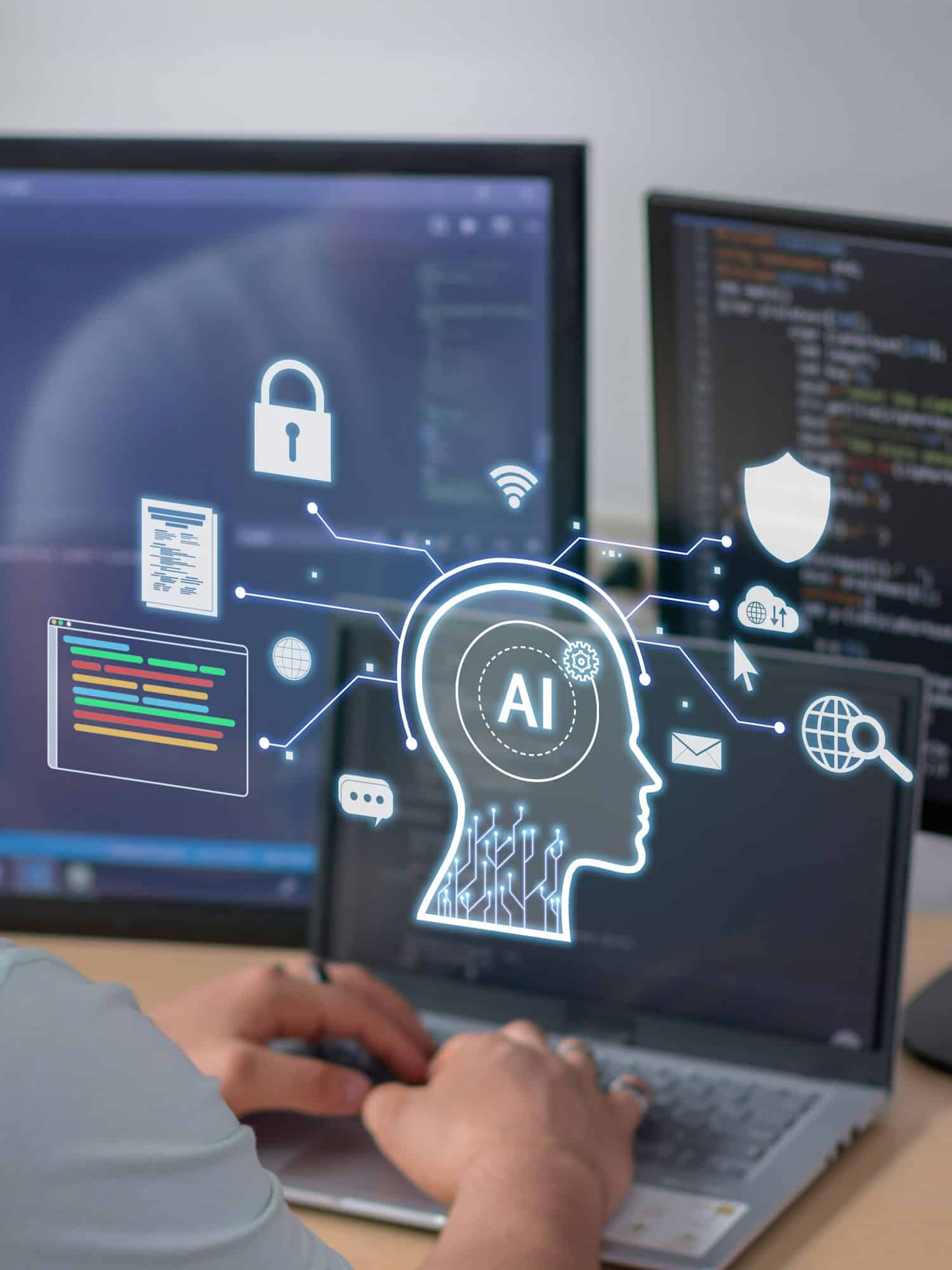How to use MyImageGPT for rapid prototyping of mobile app designs ?

In the fast-paced world of mobile app development, the ability to quickly prototype designs is essential for staying ahead of the competition. MyImageGPT, an advanced AI tool, offers a powerful solution for generating high-quality visual content based on textual descriptions, making it an invaluable asset for designers looking to streamline their prototyping process. This article shows you how to effectively use MyImageGPT for rapid prototyping of mobile app designs, providing practical tips and insights into maximizing its potential.
Understanding MyImageGPT and its capabilities
MyImageGPT is an AI-driven tool that leverages advanced machine learning algorithms to create detailed images from textual prompts. It is therefore important to master the solutions for AI image generation quickly. This technology is particularly useful for mobile app designers, as it allows them to quickly generate visual elements and layouts without the need for extensive manual design work.
A lire également : Hacking courses and personal data protection: a crucial approach to digital security
One of the key strengths of MyImageGPT is its ability to interpret and visualize complex design concepts. Whether you need to create a sleek user interface, design unique icons, or generate detailed backgrounds, MyImageGPT can handle a wide range of design tasks. Understanding how to craft effective prompts is crucial for getting the most out of this tool.
Setting up your design project
Before diving into the prototyping process, it’s important to set up your design project in a way that maximizes efficiency. Start by outlining the key features and components of your mobile app. Identify the main screens and user interactions that will be part of the prototype. Having a clear vision of the overall design will help you create more targeted and effective prompts for MyImageGPT.
Avez-vous vu cela : What’s the Latest in Adaptive Learning Algorithms for Individualized Education Programs?
Once you have a clear plan, begin by creating a list of specific visual elements you need for your prototype. This might include buttons, icons, backgrounds, and layout designs. For each element, write detailed descriptions that include information about the style, color scheme, and any specific features you want to incorporate.
Crafting effective prompts
The effectiveness of MyImageGPT in generating accurate designs depends largely on the quality of the prompts you provide. To create effective prompts, be as detailed and specific as possible. Include information about the overall aesthetic, specific design elements, and any particular functionalities that should be reflected in the visuals. For instance, instead of simply asking for a “settings icon,” describe it as a “minimalist settings icon with a gear symbol in a light blue color, using a flat design style.”
Experiment with different prompt structures to see what works best. Sometimes, breaking down complex prompts into smaller, more manageable parts can yield better results. For example, if you need a complex home screen layout, start by generating individual components like the navigation bar, header, and content sections separately. Once you have the individual elements, you can combine them to create the final layout.
Iterating on designs
One of the main advantages of using MyImageGPT for prototyping is the ability to quickly iterate on designs. After generating initial visuals, review them to see how well they match your vision. Identify any areas that need improvement or adjustments. Use MyImageGPT’s customization features to refine the images, or provide additional prompts to generate revised versions.
Integrating generated designs into your prototype
Once you have generated the necessary visual elements using MyImageGPT, the next step is to integrate them into your mobile app prototype. Use a prototyping tool like Figma, Sketch, or Adobe XD to assemble the elements into a cohesive design. These tools allow you to create interactive prototypes that simulate the user experience, making it easier to visualize how the final app will look and function.
Testing and refining your prototype
After assembling your prototype, conduct usability tests to gather feedback from users. Testing is an important step in the prototyping process, as it helps identify any usability issues and areas for improvement. Use the feedback to make necessary adjustments to your design. This might involve tweaking visual elements, rearranging the layout, or adjusting the color scheme.
In summary, MyImageGPT is a powerful tool for rapidly prototyping mobile app designs. By understanding its capabilities and crafting effective prompts, you can quickly generate high-quality visual elements that bring your design concepts to life. The ability to iterate on designs and integrate them into interactive prototypes makes MyImageGPT an invaluable asset for mobile app designers.
